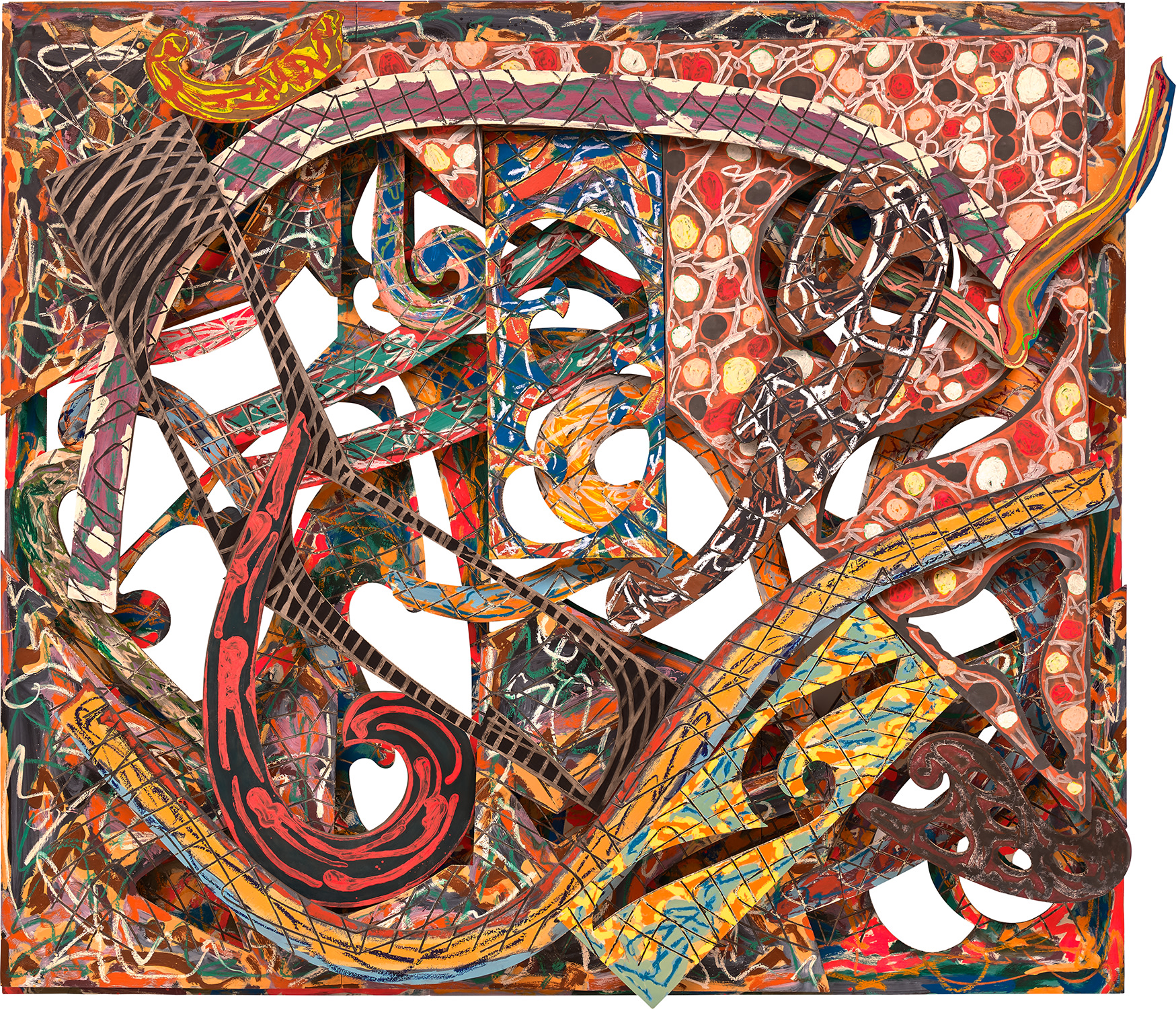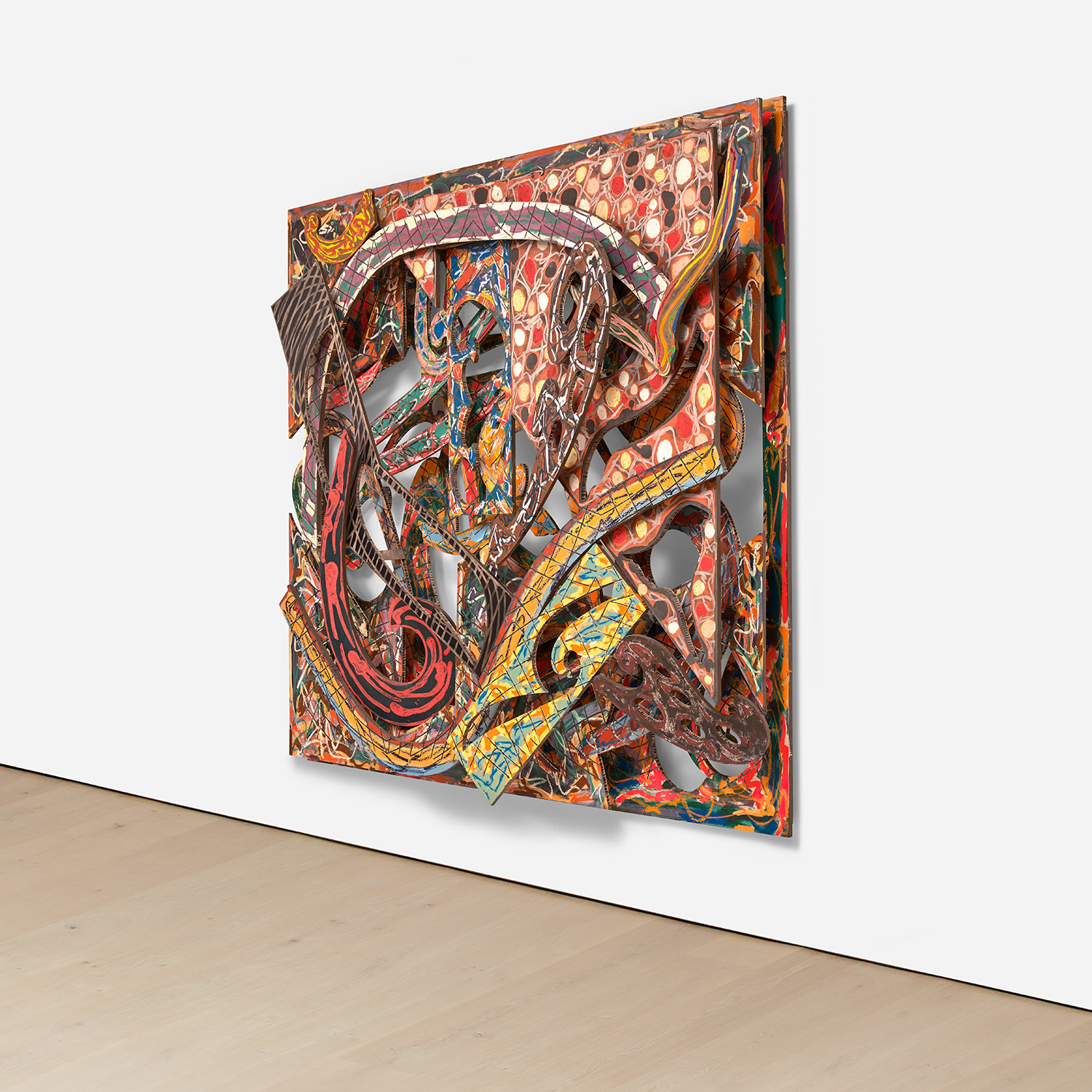





重要私人收藏
22
Frank Stella
《體育運動 4.75X(第二版)》
綜合媒材 蝕刻鎂片
110 1/4 x 129 1/2 x 19 英吋 (280 x 328.9 x 48.3 公分)
1982年作
更多資訊
完整圖錄內容
Frank Stella
American | B. 1936 D. 2024Frank Stella is recognized as the most significant painter that transitioned from Abstract Expressionism to Minimalism. He believed that the painting should be the central object of interest rather than represenative of some subject outside of the work. Stella experimented with relief and created sculptural pieces with prominent properties of collage included. Rejecting the normalities of Minimalism, the artist transformed his style in a way that inspired those who had lost hope for the practice.